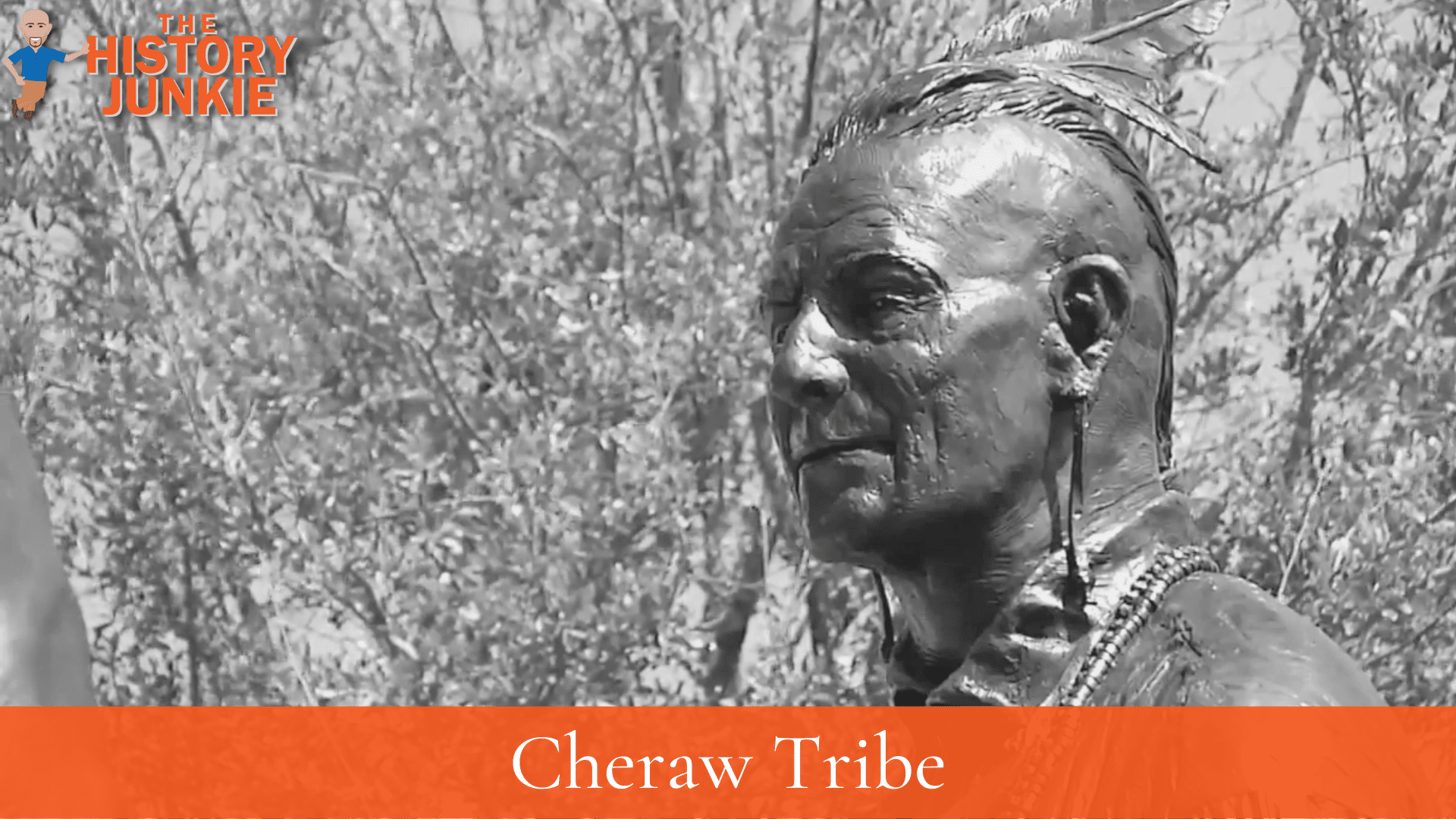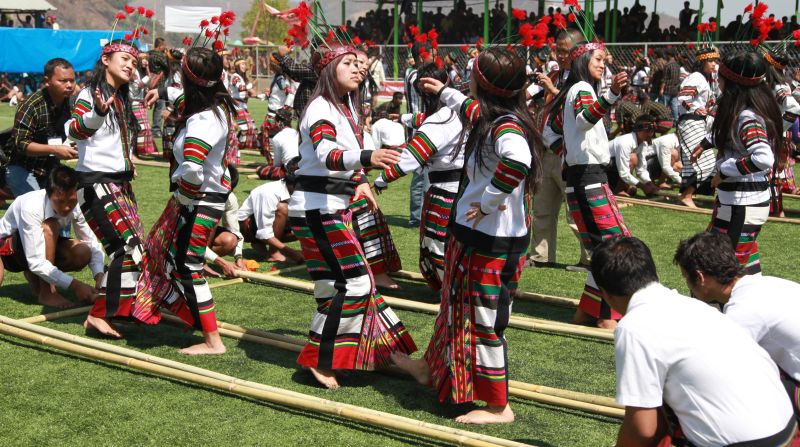
Echoes of Resilience: The Cheraw Tribe’s Enduring Fight for Identity and Recognition
In the sun-drenched lowlands and pine forests of the Carolinas, where the Pee Dee River winds its ancient course, a story of profound resilience quietly unfolds. It is the narrative of the Cheraw Tribe, a people once thought lost to the annals of history, now steadfastly reclaiming their ancestral voice and rightful place. For centuries, they navigated a treacherous landscape of colonial expansion, disease, and forced assimilation, enduring what many would have considered an insurmountable erasure. Today, the Cheraw stand as a powerful testament to the enduring spirit of Indigenous peoples, their journey a poignant reminder that history is rarely as simple as it appears in textbooks, and that cultural survival is an act of persistent, quiet defiance.
The Cheraw, whose name is believed to derive from the Siouan "Saraw" or "Saura," meaning "people of the high grass" or "salt," were once a prominent and thriving Siouan-speaking nation. Their ancestral lands stretched across what is now parts of North and South Carolina, particularly along the upper Pee Dee River. They were adept farmers, cultivating corn, beans, and squash, and skilled hunters and fishers, living in well-organized villages. Early European accounts describe them as a formidable and ingenious people, possessing a rich culture and a sophisticated social structure.
One of the most valuable early descriptions comes from the English explorer John Lawson, who journeyed through the Carolinas in the early 18th century. In his seminal work, "A New Voyage to Carolina" (1709), Lawson meticulously documented the Indigenous tribes he encountered. Of the Cheraw, he noted their substantial population and their advanced agricultural practices. He described them as "good hunters, and an ingenious, civil people." This snapshot, however, captures them on the precipice of catastrophic change.

The arrival of Europeans brought not only trade goods but also devastating diseases – smallpox, measles, and influenza – against which Indigenous populations had no immunity. These plagues swept through Cheraw communities like wildfire, decimating their numbers and shattering their social structures long before overt warfare began. What followed was a brutal century of escalating conflict. Land encroachment, the burgeoning slave trade that targeted Native peoples, and the relentless pressure of colonial expansion led to a series of wars that further decimated the Cheraw.
The brutal Yamasee War (1715-1717), a desperate multi-tribal resistance against colonial exploitation and the slave trade, proved particularly catastrophic. Though the Cheraw fought valiantly, the war further scattered their people and exacted an unbearable toll. As the 18th century progressed, the Cheraw, along with many other Siouan tribes in the region, found themselves in an increasingly precarious position. They were caught between the expansion of European settlements and the aggression of more powerful, often hostile, Indigenous nations to the west.
To survive, many Cheraw sought refuge, often merging with or seeking protection from larger, more dominant tribes like the Catawba. Others, determined to maintain their distinct identity, strategically retreated deeper into the wilderness or dispersed into smaller, isolated communities. This period marks what historians sometimes refer to as the "disappearance" of the Cheraw from official colonial records. However, as tribal historian and elder Martha Sue Johnson once explained, "We didn’t disappear; we adapted. We went underground, intermarried, and held onto our identity in the shadows, passing down our stories and traditions when no one was watching."
This "going underground" involved a complex strategy of survival. Many Cheraw families intermarried with their European and African American neighbors, often identifying on census records or other official documents by their non-Native spouse’s ethnicity, or simply as "free people of color." This allowed them to evade the brutal policies of forced removal and ethnic cleansing that targeted more visibly "Indian" communities. Yet, within these families, the knowledge of their Cheraw heritage persisted. Oral traditions, ancestral names, specific craft techniques, and a strong sense of community were maintained, often in secret, for generations.
The 19th and early 20th centuries presented their own set of challenges. The Jim Crow era in the South, with its rigid racial classifications, further obscured Indigenous identities. People were forced into a binary of "white" or "colored," leaving no room for those who knew themselves to be Indigenous. Yet, even under such oppressive conditions, Cheraw families maintained their kin networks and cultural practices, often congregating in specific geographical areas that became informal Cheraw enclaves. They worked the land, served in the military, and contributed to the fabric of Southern society, all while safeguarding their hidden heritage.
The latter half of the 20th century saw a resurgence of Indigenous identity across North America, and the Cheraw were no exception. As civil rights movements gained momentum and historical research began to shed light on the true complexities of Native American survival, Cheraw descendants began to openly embrace and organize around their ancestral identity. This awakening was fueled by a desire to reclaim a lost legacy, to honor their ancestors, and to secure a future for their children where their heritage would be celebrated, not hidden.
In South Carolina, this movement coalesced into the formation of the Cheraw Tribe of South Carolina, a formal organization dedicated to cultural preservation, community building, and, crucially, recognition. The journey toward official recognition is arduous, requiring extensive genealogical research, historical documentation, and proof of continuous community and political authority. It is a process that can take decades and demands immense dedication from tribal members.
One of the significant milestones in the Cheraw’s modern journey occurred in 2010 when the Cheraw Tribe of South Carolina achieved state recognition. This was a monumental step, providing a measure of validation and opening doors to state-level programs and resources. State recognition acknowledges their existence as a distinct Indigenous people within South Carolina, a vital affirmation after centuries of denial.

However, state recognition is not the end of the journey; it is a stepping stone toward the ultimate goal of federal recognition. Federal recognition by the United States government grants tribes a government-to-government relationship with the U.S., bestowing sovereign rights, access to federal services (such as healthcare, education, and housing), and the ability to manage their own lands and resources more effectively. For the Cheraw, federal recognition isn’t just about financial benefits; it is about justice, about being seen for who they are on a national level, and about rectifying historical wrongs.
"Federal recognition isn’t just about money; it’s about being recognized as a people with our own history, our own culture, and our own right to self-determination," says Chief Brian Blalock, a strong voice for the modern Cheraw Nation. "It’s about our ancestors who fought and survived, and it’s about our children who deserve to grow up proud of their heritage." The petition for federal recognition is a meticulous, multi-volume undertaking, requiring extensive genealogical research to trace continuous lineage and historical evidence to demonstrate an unbroken chain of community and political authority despite the pressures of assimilation.
Today, the Cheraw Tribe of South Carolina is actively engaged in cultural revitalization efforts. They are working to preserve and teach their history, promote traditional arts and crafts, and foster a strong sense of community among their members. While the Cheraw language, a Siouan dialect, is considered dormant, efforts are being made to research and potentially revive elements of it, often in collaboration with linguists and other Siouan-speaking tribes. Community gatherings, educational programs, and cultural events are vital for connecting younger generations with their heritage and ensuring the traditions continue to thrive.
The challenges remain significant. Stereotypes, historical inaccuracies in public education, and the sheer administrative burden of the federal recognition process are constant hurdles. Furthermore, internal debates common to all Indigenous communities about identity, membership criteria, and the path forward require careful navigation. Yet, the Cheraw approach these challenges with a deep-seated resilience, a trait woven into the very fabric of their history.
The story of the Cheraw Tribe is a powerful microcosm of the broader narrative of Indigenous survival in North America. It is a testament to the indomitable spirit of a people who refused to be erased, who clung to their identity through generations of adversity, and who are now stepping boldly into the light. Their journey from the thriving villages of the Pee Dee, through the crucible of colonial contact, and into the modern era of reclamation and recognition, serves as a vital reminder: Indigenous history is not just about what was lost, but profoundly about what endured, what was preserved, and what is now, against all odds, flourishing once more. The echoes of the Cheraw’s past resonate loudly today, promising a vibrant and recognized future for a people who never truly disappeared.


